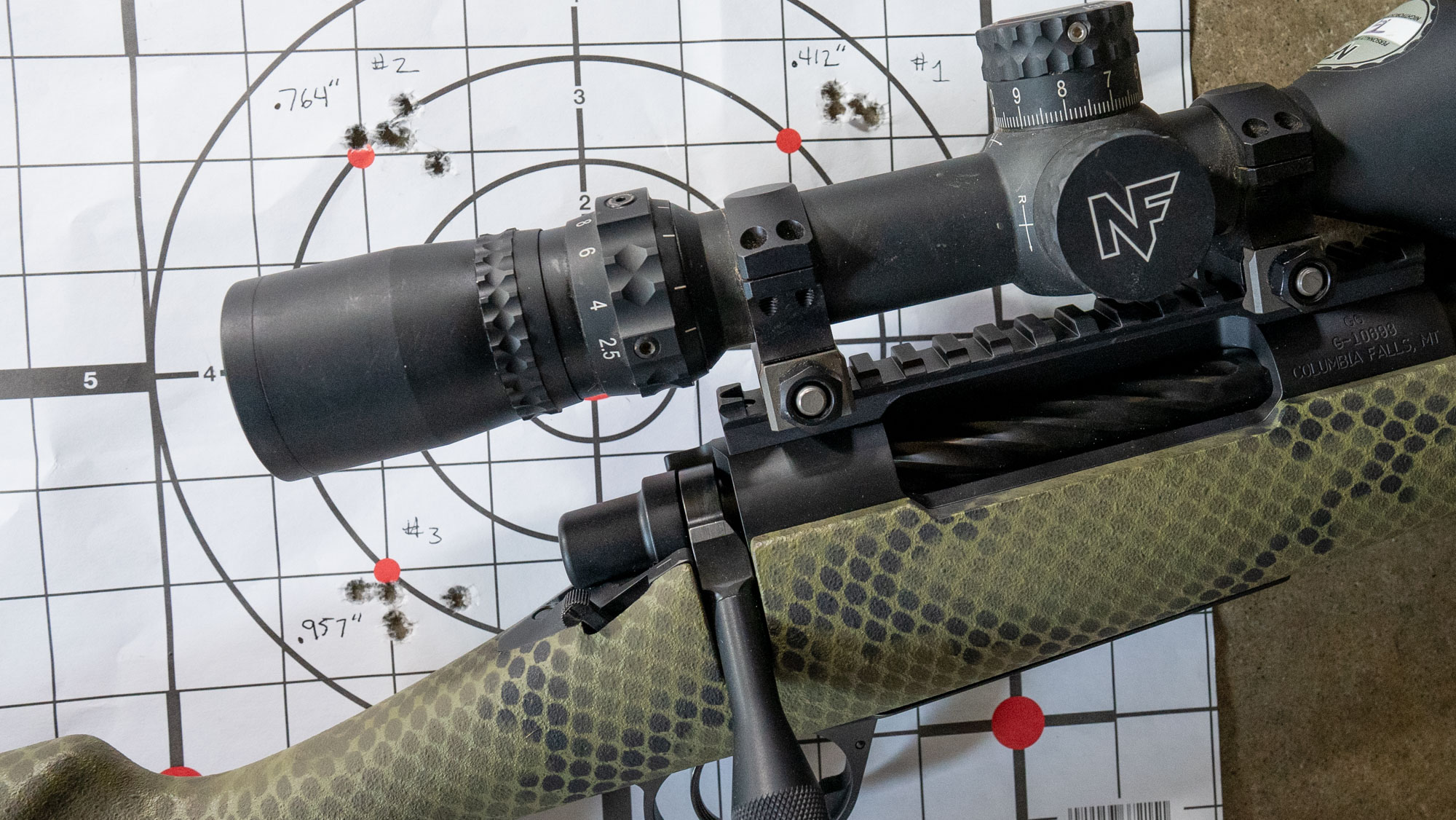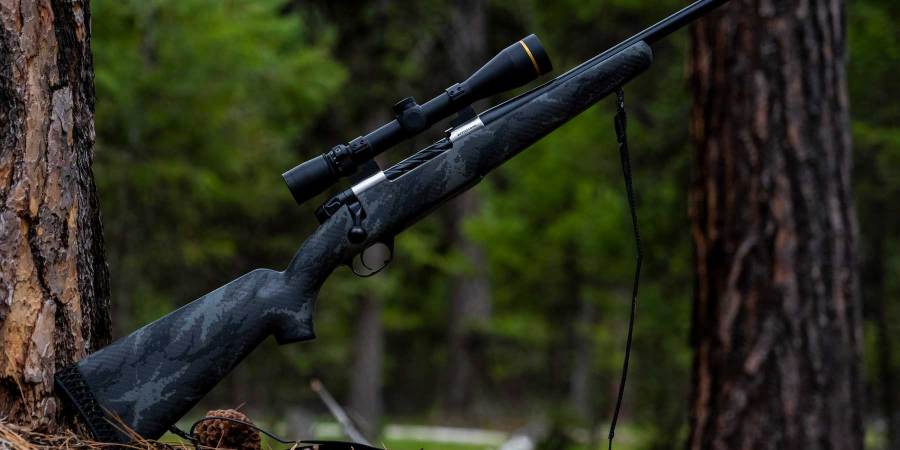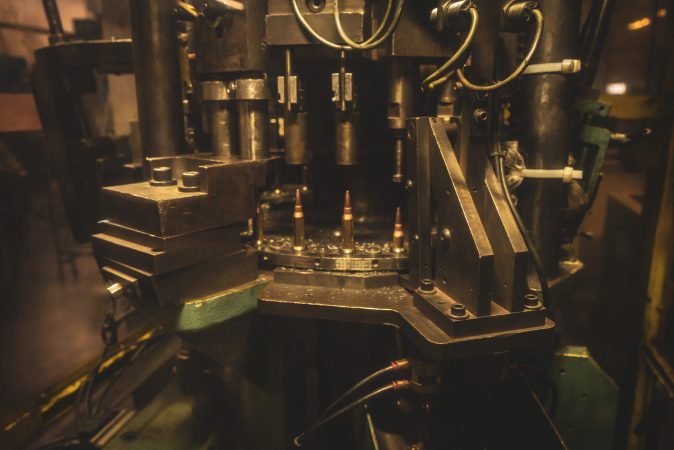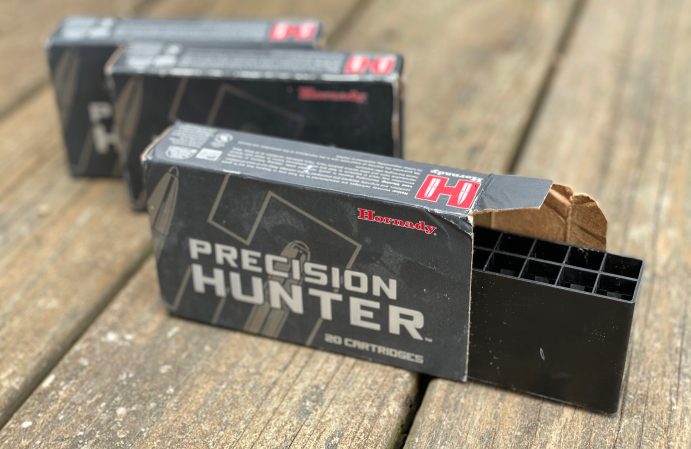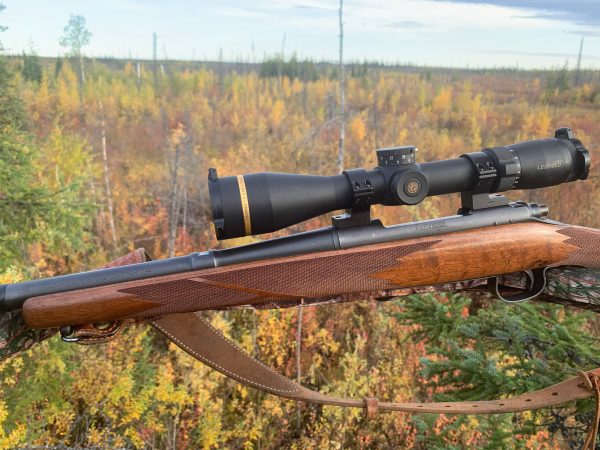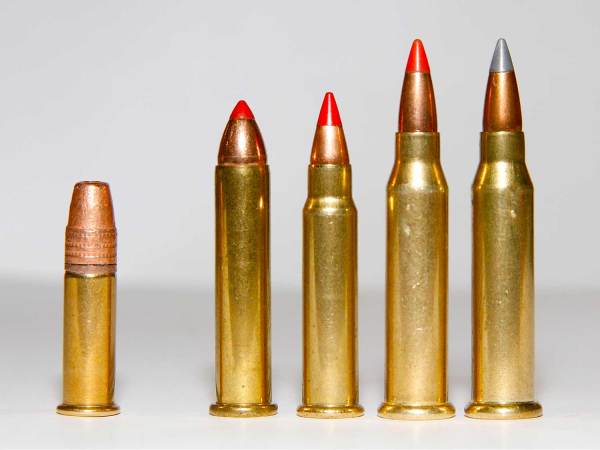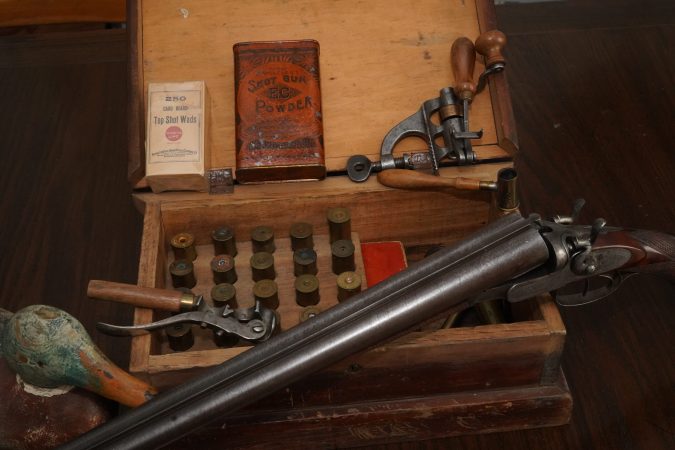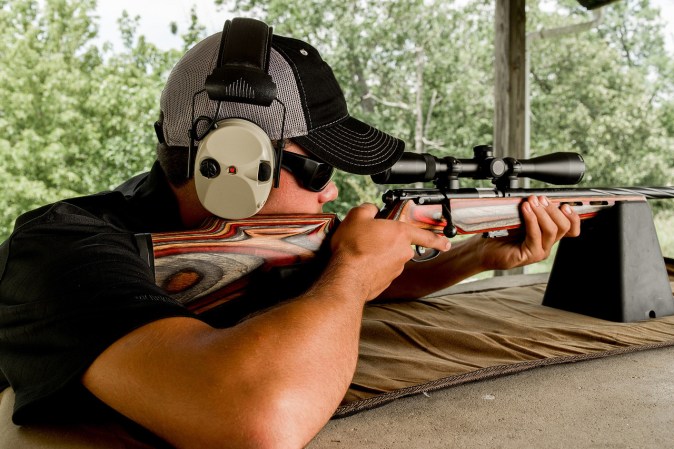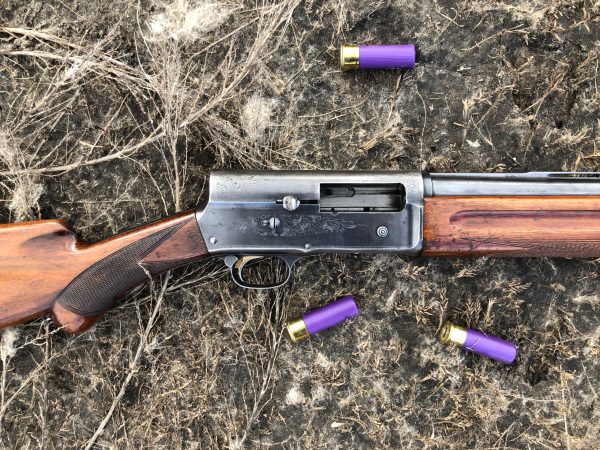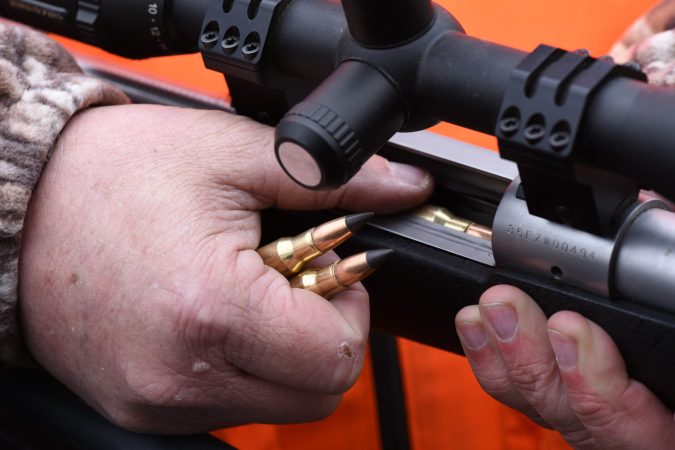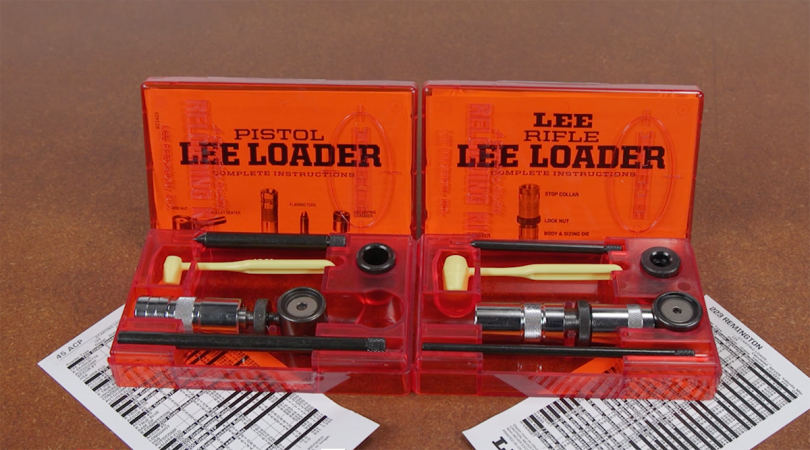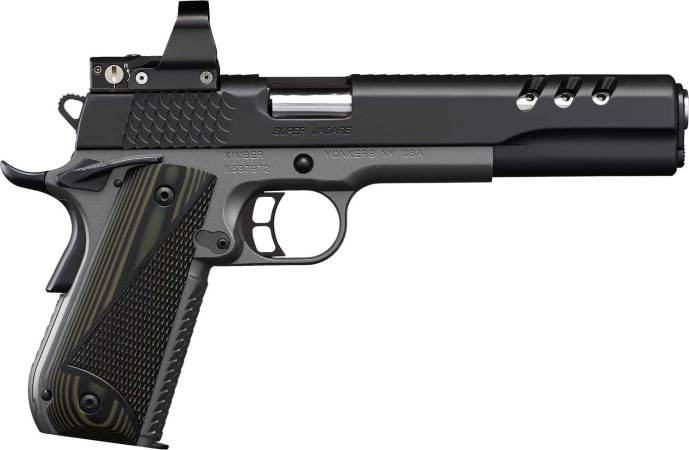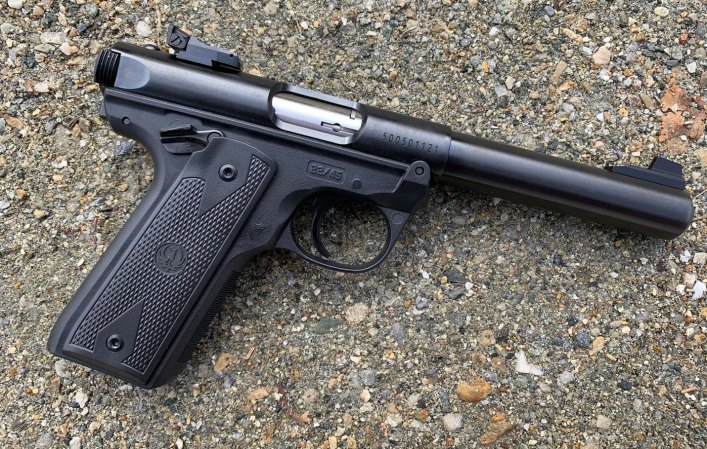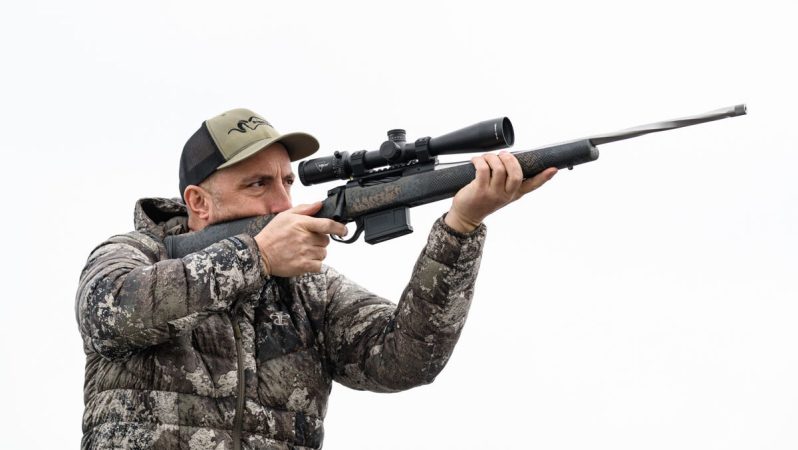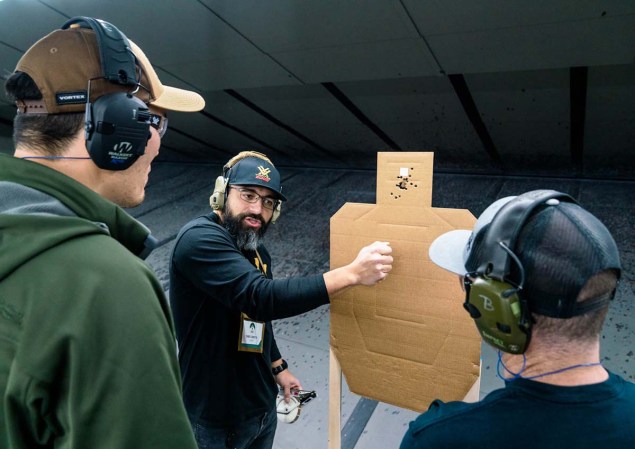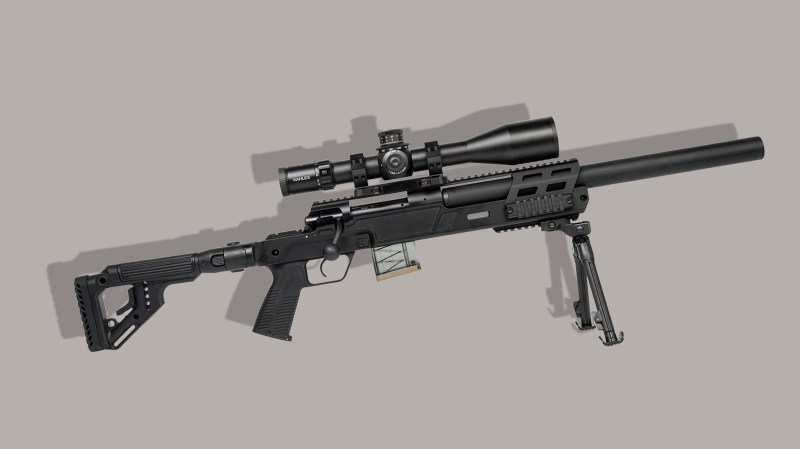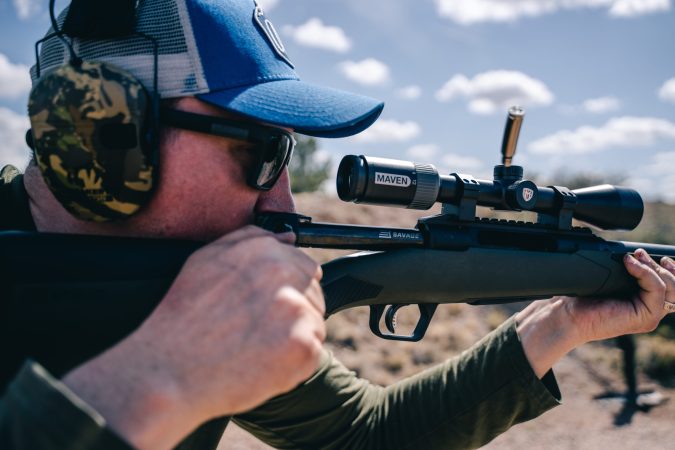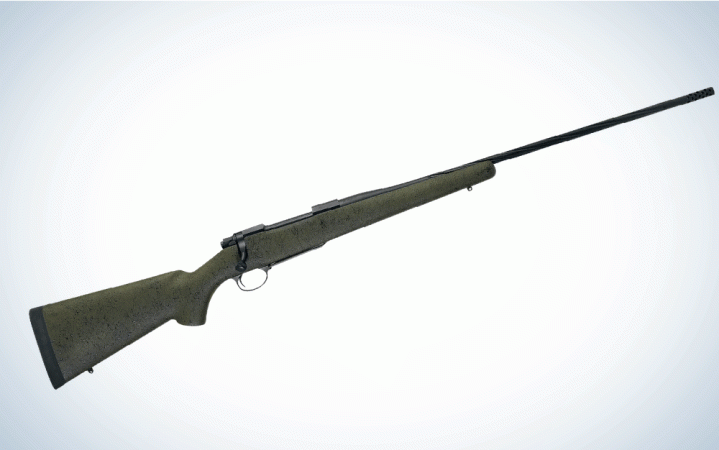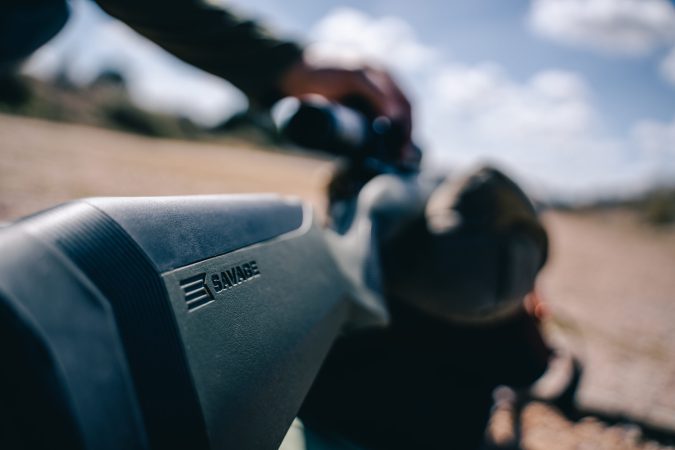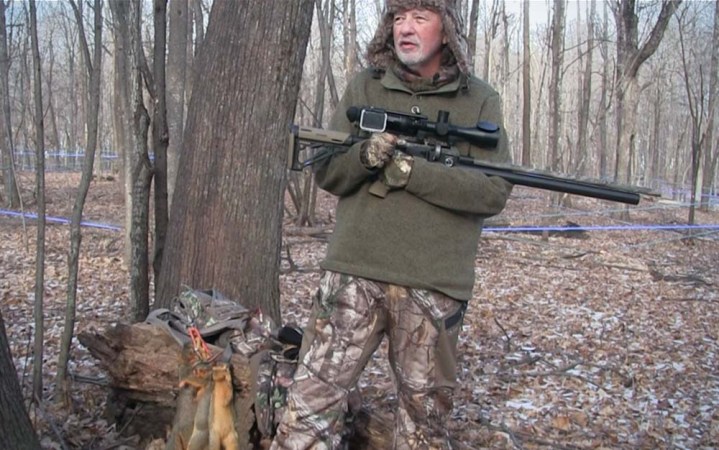We may earn revenue from the products available on this page and participate in affiliate programs. Learn More ›
I don’t know which gun maker first offered an accuracy guarantee, but the first mainstream production company that I remember was Weatherby. Starting about 40 years ago—give or take—they promised that their rifles could shoot a 1.5-inch three-shot group with their ammo or other premium ammo. In doing so, they threw down the gauntlet for the rest of the firearms industry, which was reluctant to commit to a performance standard.
I thought it was great that Weatherby stood behind their rifles this way. It gave their customers a meaningful yardstick by which to judge their purchase, and it was a tonic to counter the behavior of many other gun companies at the time, which acted like snake-oil salesmen when shooters had issues with their rifle accuracy.
Back then if a guy got a rifle from Remington, Winchester, or one of the other major gun makers and it didn’t shoot well, he’d mail it to the company’s service department, which would then inspect it. Almost invariably, the company would tell the fellow that the gun was “in spec” and ship it back.
Of course, what qualified as “spec” was never communicated. Gun companies treated that information like nuclear launch codes—it was on a strict need-to-know basis, and in their eyes the poor schmuck who couldn’t get his rifle to print better than 3 inches at 100 yards didn’t need to know.
Weatherby Sub-MOA
So Weatherby’s accuracy guarantee was a breath of fresh air—and was good marketing to boot. Weatherby followed this up in the early 2000s with their sub-MOA rifles that were guaranteed to print three shots under .99 inches, and their “Range Certified” rifles, which came with a target showing how the rifle shot at the factory before it shipped.
The way Weatherby determined which rifles got the “sub-MOA” label is interesting. When test firing new guns, the rifles that shot better than .75 MOA (.75 inches at 100) with three shots were set aside and got a magazine floorplate that said “sub-MOA” on it. That gave Weatherby enough cushion with their accuracy guarantee so that an everyday shooter using good ammo and good technique could probably shoot sub-MOA groups as well.
I still have a couple of those sub-MOA rifles—one in .308 Win. and another in .240 Wby.—and both are tack drivers.
The Accuracy Revolution
Around 2010 or so, accuracy guarantees started cropping up like pimples on middle-schoolers. It seemed every company jumped on the bandwagon. And why not? Advances in manufacturing techniques with precision machined actions and barrels led to better precision with off-the-shelf factory rifles. User adjustable triggers became common and helped with this trend. And ammo makers created superior products as well. Suddenly, shooting sub-MOA groups was not a sign of next-level performance, but rather a run-of-the-mill event. Mind you, this is all with 3-shot groups. Sub-MOA 5-shot groups were still not the norm.
Since then, a curious thing has happened. Almost every rifle now ships with a target showing a tiny 3-shot cluster, and some gun companies have raised the bar by offer .5-inch accuracy guarantees, and one company I know of was—until recently—promising .25-inch accuracy with their handloaded ammunition. But they backed off that because it was extremely time consuming to load to that level of precision and, frankly, shooting that tight with a sporter-weight hunting rifle in big-game cartridges isn’t repeatable. Even with handloads if you shot 10 three-shot groups, I can guarantee you that not all 10—or even half—will be quarter-MOA or better.
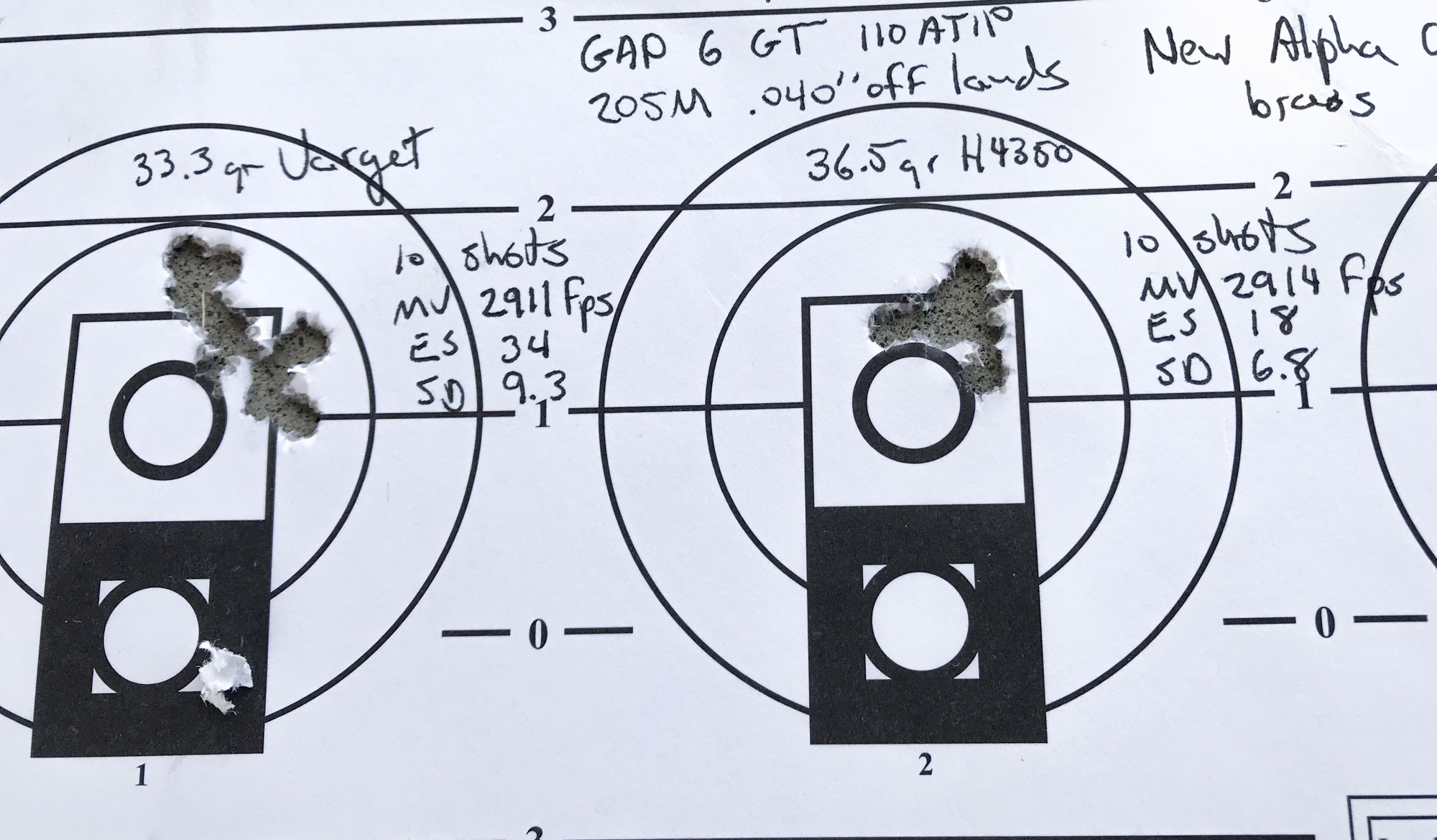
What’s Do Those Targets Mean?
So we crack open the box on a new rifle and inside we have a test target. It might be an actual, physical target, or it could be a printout from an electronic system that recorded the group size along with velocity data.
Say the target shows a .33-inch three-shot group. Does that mean we have a 1/3-MOA rifle? Absolutely not. A single three-shot group is essentially meaningless. First, it is a sample size of one, so you can’t infer much from it. Second, three-shot groups don’t adequately represent a rifle’s accuracy. By way of comparison, when we conduct our annual gun test, the accuracy figures we quote for the rifles are based on the average of its 10 best five-shot groups—so when we say a gun is sub-MOA you know that actually counts for something. (And some hunting rifles do offer astounding accuracy, like the Proof Research Tundra we tested, which averaged .683-inch five-shot groups for its 10 best groups.)
On top of that we have no idea what the context of that target is. Was the rifle shot as you see it, or was the barreled action placed in a slave fixture that is attached to a shooting bench? (This is actually quite common.) How many three-shot groups were put downrange before your target was selected? Was the distance to the target actually 100 yards? Was it even your rifle that shot the target?
If you think the last two points are a bit over the top, I happen to know about one custom rifle maker who got busted by his customers. It seemed that all the targets that shipped with his rifles were identical, which was discovered when the folks who bought guns from him posted their targets on social media. Turns out this guy just stacked a bunch of targets and shot one group through them and used that for every rifle he made. He probably cheated on the distance as well.
What’s the Definition of an Accuracy Guarantee?
For argument’s sake, let’s pretend the target you get is above board—which most probably are. And let’s assume your rifle comes with a stellar accuracy guarantee of 1/2-MOA. What does that guarantee mean? Does it mean it will shoot that tight all the time? (Spoiler: It won’t.) Does it mean it’ll do it 50-percent of the time? If you’re shooting five-shot groups, how much larger should you expect them to be compared to the three-shot guarantee?
Gun companies are vague on the exact terms of their guarantees, but generally if they shoot the rifle and can get it to print a group that meets whatever standard they’re promising, then they feel they’ve upheld their end of the bargain.
The $100 Challenge
On top of all these questions is the matter of the shooter’s skill. No one likes to think they are a bad shot, but not many hunters have that confidence in their abilities at the bench. My colleague Tyler Freel, who lives in Fairbanks, got a great demonstration of this a few weeks ago.
Prior to the kickoff of rifle season, he went to his local gun range and set up at a bench with a sign offering $100 to anyone who could shoot a sub-MOA five-shot group with their rifle. They didn’t have to put any money down. They weren’t being filmed. There was no trick or hidden agenda. Just shoot five times for the chance to walk off with a Benjamin. The number of people who took Tyler up on the offer was exactly zero.
Now supposed the person who just bought a rifle—with its bug-hole group in the test target and ½-MOA guarantee—can’t get it to shoot .5-inch groups. What do you think he’s going to do? Ninety-nine percent of the time the answer is nothing. I’ve spoken with different companies that have accuracy guarantees and the truth is that very few people ever complain about how their rifles shoot.
Read Next: Most Accurate 6.5 Creedmoor Ammo
Interestingly, the people who do speak up tend to have rifles in cartridges that don’t shoot very well with factory ammo. Two top examples are the 28 Nosler and the 6.5-300 Wby., which tend to be erratic in terms of accuracy. It seems a rifle has to really spray bullets around a target before a customer will challenge a gun company’s accuracy guarantee.
Should We Just Ignore Accuracy Guarantees?
Maybe it is time to move past accuracy guarantees. Most production rifles can crank out a sub-MOA three-shot group with good ammo, and that’s more than sufficient for the majority of hunting scenarios. Using Outdoor Life’s more strict standard of averaging multiple 5-shot groups, we see that most new rifles can consistently shoot 1.2- to 1.5-inch groups, with some shooting groups consistently under an inch. If your rifle performs at this level, group after group, you’ve got a shooter.

